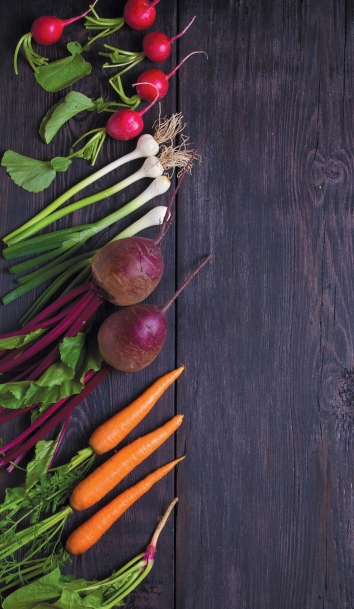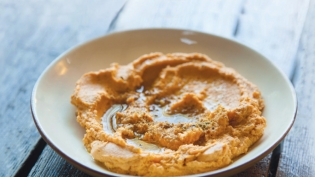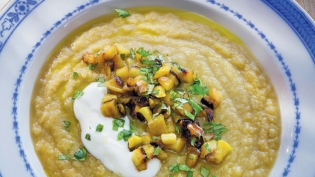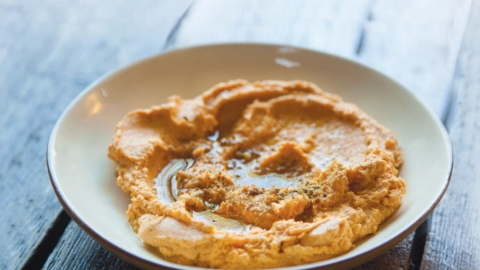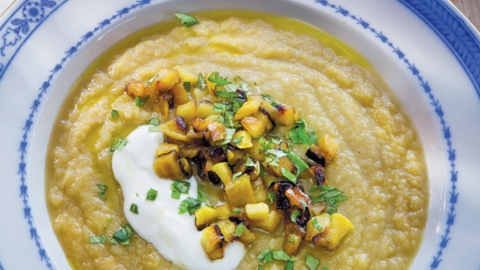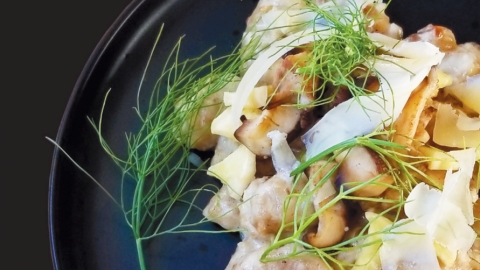Buried Treasure
Carbs, anyone?
While many are available throughout the year here in Ventura County, root vegetables are the quintessential stars of the fall garden. Characterized by having edible parts that grow underground, root vegetables are a broad culinary category that consists of tubers (potatoes, jicama, Jerusalem artichokes), taproots (beets, carrots, parsnip, parsley root), corms (celeriac, taro, water chestnuts), rhizomes (ginger, turmeric) and bulbs (onion, garlic, leek, shallot), all of which are the starchy storage area of the plant.
Historically, roots have been popular for at least 5,000 years, since the early civilizations of Mediterranean Europe, Africa, Asia and South America. According to a January 2020 report in the journal Science, archeological evidence from a cave in South Africa suggests that root vegetables were roasted as early as 170,000 years ago. So much for the idea that “Paleo” diets didn’t include starchy foods. Indeed, the Hadza tribe in northern Tanzania—one of the last traditional hunter-gatherer people, often studied for their extraordinary gut microbiome and representation of early humans—have a diverse diet that includes a variety of wild fiber-rich tubers and roots.
Of all the vegetables available, roots actually have the highest levels of prebiotic fiber—the kind that feeds the good bacteria in your gut—and are rich in antioxidants. If eating seasonally, this becomes a great advantage to the immune system during the fall and winter months when viruses and bacterial infections seem to run rampant.
Many root crops provide a whole series of foods, starting in late spring and lasting through winter: fresh greens from taproots especially (carrot-top pesto, beet green salad), fresh roots (sweet potato fries, garlic with everything, celeriac gnocchi) and canned or preserved roots (pickled beets, pressure-canned or frozen carrots). Additionally, roots are remarkably easy to preserve “as is” for months in the right conditions: between 32° and 40° and about 95% humidity. Root cellars were the earliest refrigerators, after all.
While we didn’t include them all, check out the root-centered recipes by culinary school CEO and chef Raymond Acuna linked below and more from Robin Goldstein also linked here.


